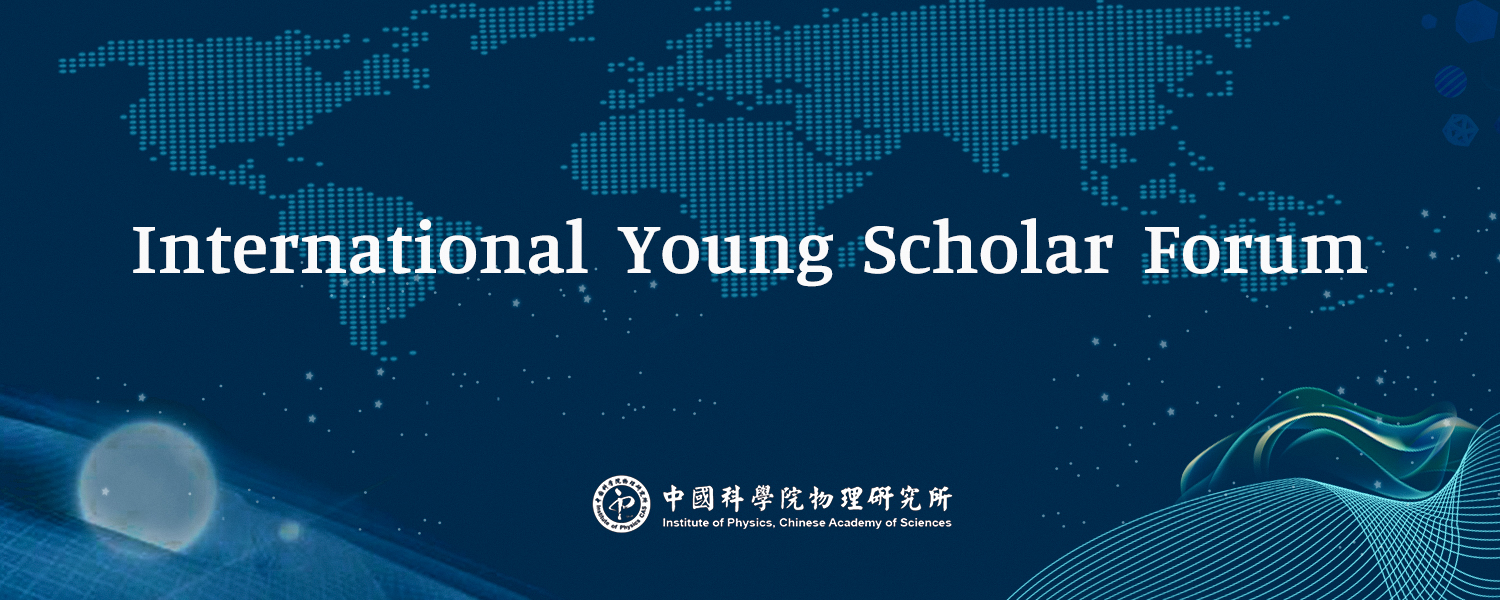Time: 16:00 pm, 27 August, 2020
Speaker: Dr. Licong Peng, RIKEN Center for Emergent Matter Science (CEMS), Wako, Japan
Abstract:
In this talk, I will present our recent results that we use the magnetic field to control topological nature of spin textures including their topological charge (N), helicity (CW or CCW) and lattice form (square or triangular), paving a route to controlling topological spin textures with spintronic functions. We have demonstrated (1) the first observation of the square lattice of square-shape antiskyrmions, and elliptically-deformed skyrmions with opposite helicities as determined by the Dzyaloshinskii–Moriya interaction (DMI) with opposite signs under a normal magnetic field, (2) the switching of the topological charge (N) among the three topological spin particles, namely the antiskyrmions (N = +1), the non-topological bubbles (N = 0), and the skyrmions (N = −1) by tuning the strength and direction of in-plane fields, and also (3) the switching of the spin helicity (CW or CCW) of the non-topological bubble and the skyrmion, in a non-centrosymmetric magnet Mn1.4Pt0.9Pd0.1Sn with the D2d symmetry in terms of Lorentz transmission electron microscopy (L-TEM). These experimental achievements have fully exploited a unique nature of a nonsymmetric magnet characterized by the D2d symmetry that the D2d mangnet can host a unique magnetic interaction (anisotropic DMI) via the relativistic spin-orbit coupling, and agreed well with our theoretical predictions/simulations for the magnets of D2d symmetry.
References:
L. C. Peng*, R. Takagi, W. Koshibae, K. Shibata, K. Nakajima, T. Arima, N. Nagaosa, S. Seki, X. Z. Yu* and Y. Tokura. Nat. Nanotech. 15, 181-186 (2020)
Brief CV of Dr. Licong Peng:
Dr. Licong Peng is currently a Postdoctoral Researcher in Dr. Xiuzhen Yu’s team in RIKEN, Japan, and focuses on the real-space observation of topological spin textures (skyrmion/antiskyrmion) and their dynamical motions. She received her Ph.D. degree in condensed matter physics in Institute of Physics, CAS, under Prof. Ying Zhang and Prof. Jianwang Cai.
